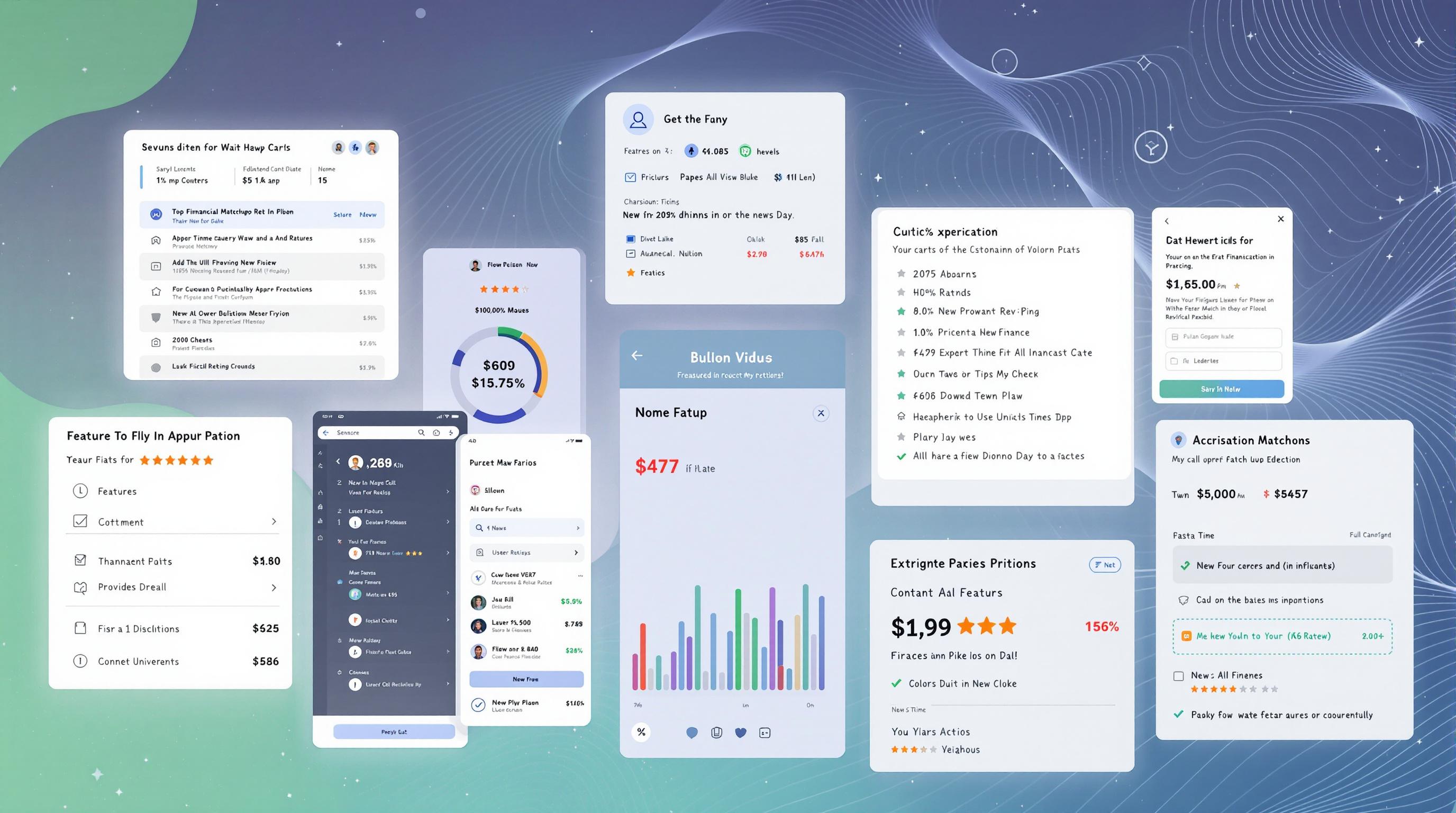Related Articles
- How Mobile Accounting Influences Entrepreneurial Mental Health and Work-Life Balance in Gig Economies
- The Quiet Costs: How Mismanaged Time Data Quietly Undermines Small Business Growth and Decision Making
- Top 5 Trailblazing AI-Powered Financial Reporting Apps Revolutionizing Accuracy and Speed Since 2019
- How Behavioral Economics Shapes Decision-Making in Financial Record Matching and Discrepancy Resolution
- How Subtle Shifts in Supplier Relationships Secretly Affect Your Company's Financial Health and Liquidity Balance
- Top 6 Payroll Solutions Born in the Last Five Years That Are Quietly Taking the Gig Economy by Storm
How Behavioral Economics Shapes Decision-Making in Financial Record Matching and Discrepancy Resolution
How Behavioral Economics Shapes Decision-Making in Financial Record Matching and Discrepancy Resolution
Behavioral economics profoundly influences how professionals approach financial record matching and resolve discrepancies, intertwining psychological insights with economic decision-making. This article explores cognitive biases, heuristics, and practical strategies that shape this critical accounting process.
A Story from the Ledger: When Bias Clouds Judgment
Imagine Sarah, a 45-year-old accountant tasked with reconciling a massive ledger after a system migration. Her first glance reveals a handful of discrepancies, but instead of examining all anomalies, she zeroes in on familiar accounts—those she remembers best. Why? It’s the classic case of availability bias, a staple concept in behavioral economics where people rely heavily on immediate examples that come to mind.
Sarah’s experience is not unique. Studies indicate that decision-makers often disproportionately weigh accessible information, sometimes overlooking critical but less obvious mismatches. This bias can lead to incomplete reconciliations and affect the overall accuracy of financial reporting.
The Anchoring Effect: When First Impressions Set the Tone
In financial record matching, the initial numbers or estimates encountered often serve as anchors, influencing all subsequent assessments. For instance, if an audit team initially estimates a $10,000 discrepancy, they might underestimate the true variance even if evidence points to a larger amount. This anchoring bias can skew the reconciliation process and lead to suboptimal decisions.
Case in Point: A Bank’s Reconciliation Fiasco
Consider a mid-sized bank that, in 2019, faced a major reconciliation error. Auditors initially anchored on a minor discrepancy figure, which led them to ignore deeper, systemic errors. As a result, the bank reported lower-than-actual liabilities, impacting investor trust and causing regulatory scrutiny (Source: Financial Times, 2020).
Heuristics: The Mental Shortcuts That Often Lead Us Astray
When overwhelmed by thousands of transactions, accountants unconsciously rely on heuristics—mental shortcuts—to speed up decision-making. While these are efficient, they can cause mistakes. The “representativeness heuristic,” for example, leads people to classify mismatched records as errors because they don’t “fit” the usual pattern, even when legitimate explanations exist.
The Cost of Overconfidence
Research shows that over 70% of professionals believe their judgment outperforms peers, which isn’t always accurate (Source: Harvard Business Review, 2018). In the realm of discrepancy resolutions, this overconfidence can delay consultation, leading to unresolved issues or misclassifications of errors as non-issues.
Overcoming Bias: Practical Tools and Technologies
Thankfully, advances in AI-driven reconciliation software are helping counter human biases. These systems use probabilistic methods to assess matches and highlight discrepancies without preconceived notions. The integration of such tools has reportedly reduced manual errors by up to 40% in pilot programs across fintech companies (Source: Deloitte Insights, 2021).
Moreover, team-based reviews and double-blind reconciliations minimize personal biases, ensuring that no single viewpoint skews results.
Emotions and Decision Fatigue: The Hidden Factors
Behavioral economics isn’t just about cold logic—human emotions play a critical role. Accountants facing long work hours and repetitive tasks experience decision fatigue, leading to shortcuts or ignoring discrepancies. A survey by PwC in 2022 revealed that 65% of finance professionals felt fatigued during high-volume reconciliation periods, directly impacting accuracy.
The Role of Incentives and Motivation
Financial incentives can both positively and negatively influence discrepancy resolutions. When bonuses are tied to quick reconciliations, employees might rush, sacrificing accuracy for speed. Conversely, systems rewarding thorough, accurate matching encourage meticulous work, but they may also lead to overanalysis or “paralysis by analysis.”
Example: Gamification as a Motivational Tool
Some companies have experimented with gamifying the reconciliation process—assigning points for each accurately resolved discrepancy. This approach leverages behavioral economics principles of motivation and reward systems, increasing engagement without compromising accuracy.
Cognitive Load and Information Overload
Financial record matching often involves sifting through thousands of lines of data. This sheer volume can overwhelm cognitive resources, pushing decision-makers toward simplified, potentially biased judgments. Organizational strategies such as batching tasks or using data visualization techniques help manage cognitive load, reducing errors tied to behavioral patterns.
Framing Effects: How Presentation Alters Decisions
The way discrepancy information is presented—framed positively or negatively—affects decision-makers' choices. For example, showing a “95% match” versus a “5% discrepancy” can alter perceptions, with the former inducing more confidence.
Anecdote: The $500 Mystery
At a large manufacturing firm, finance teams debated over a $500 discrepancy for days. When the issue was reframed from “unmatched payment” to “pending verification,” attitudes shifted, leading to collaborative resolution and preventing escalation into a costly audit problem.
Loss Aversion and Risk Assessment
Behavioral economics highlights that people weigh losses more heavily than equivalent gains (Kahneman & Tversky, 1979). In financial reconciliations, this loss aversion can cause teams to focus excessively on avoiding errors that might result in penalties instead of improving overall financial insight, sometimes causing paralysis or overly conservative decisions.
Conclusion: Navigating Behavioral Pitfalls in Financial Record Matching
Understanding behavioral economic principles is crucial for improving financial record matching and discrepancy resolution. By recognizing cognitive biases, emotional influences, and motivational factors, organizations can design processes that are more robust and less prone to error.
From leveraging AI tools to implementing team reviews and reframing communication, the blend of human psychology and technology paves the way for greater accuracy and reliability in financial operations.
By appreciating the human factors at play, finance professionals—from fresh graduates in their 20s to seasoned veterans in their 60s—can make smarter decisions that safeguard organizational integrity and foster trust among stakeholders.




